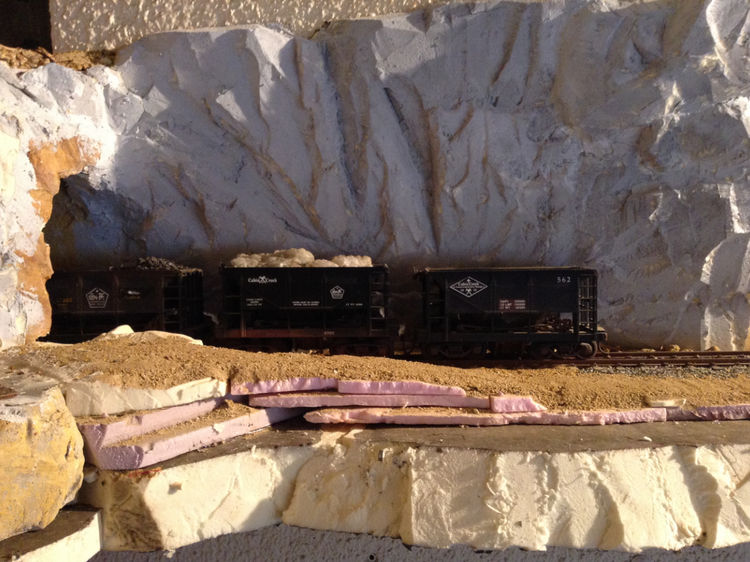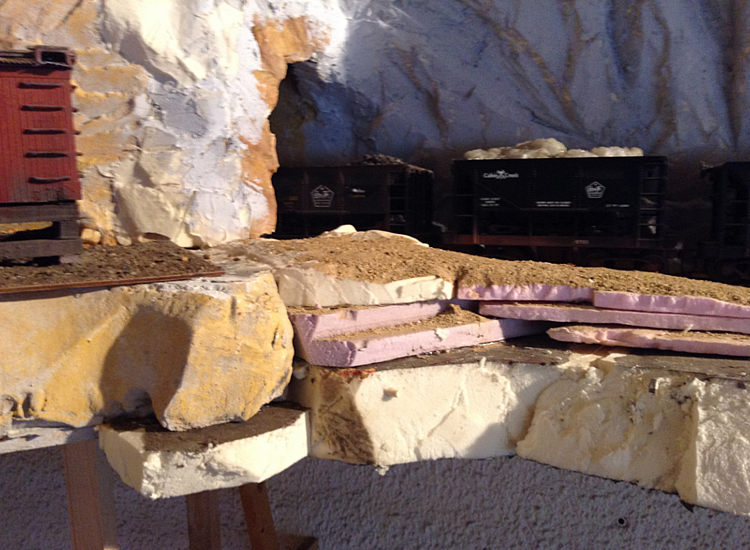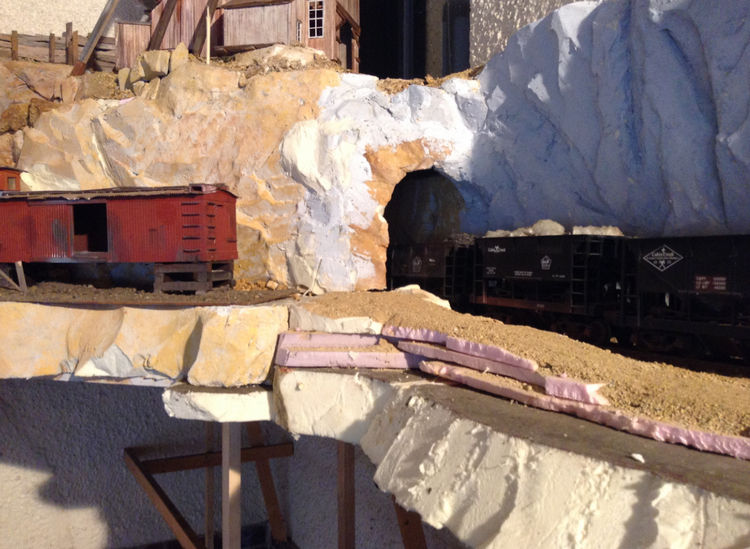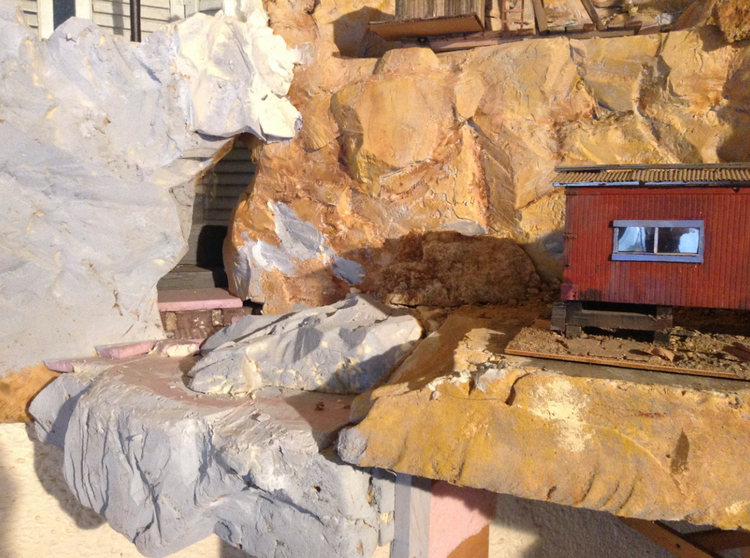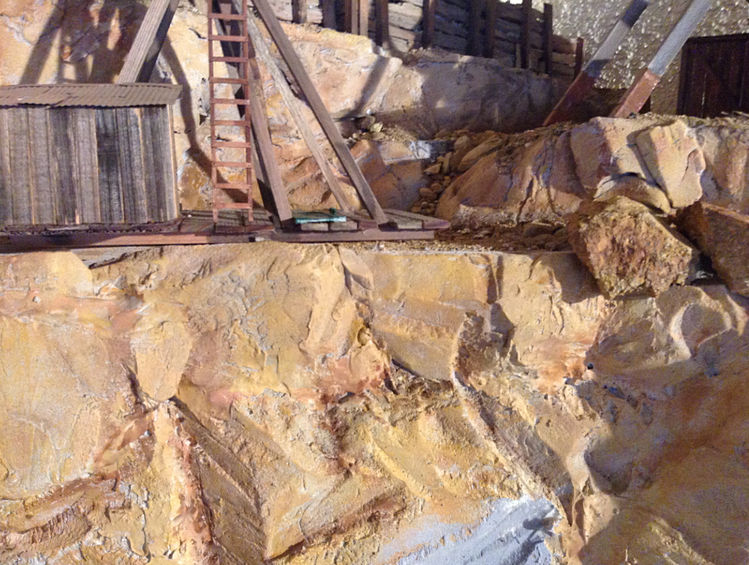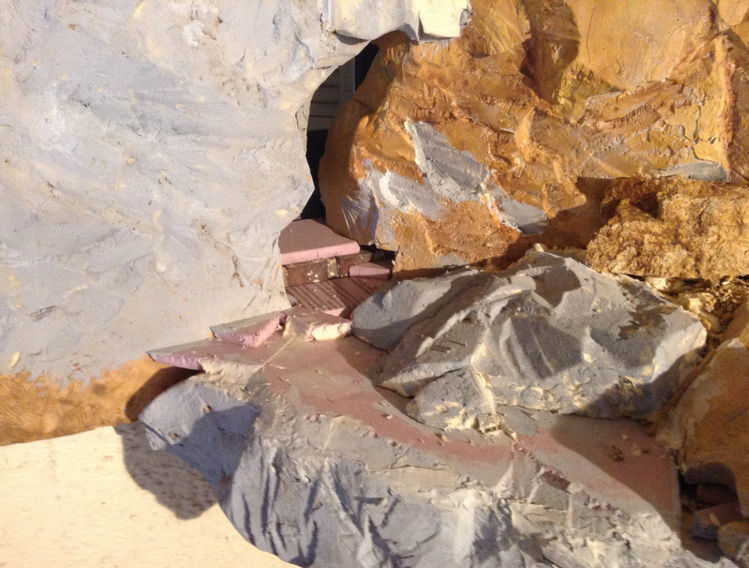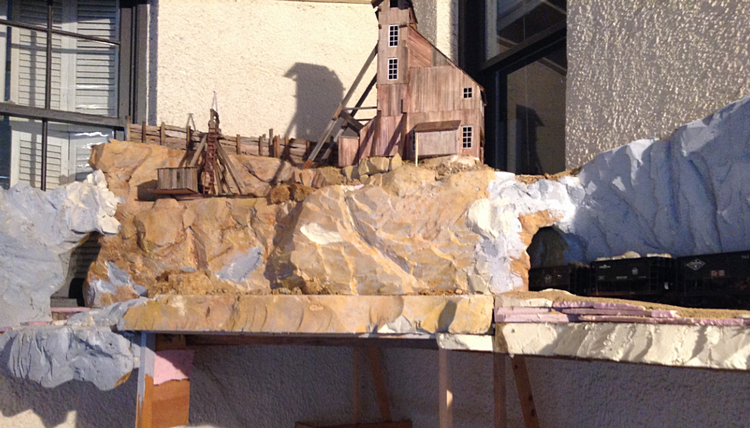Devon, i’m no electrician neither, but had to understand all that stuff for my job as insurance manager and my hobby as firefighter.
while the neutral is needed for electricity to function.(kind of “return-pipe” for the electrons to the powerplant), the “Ground” is a safety measure to evade people getting grilled by electricity.
-electicity “likes” the big mass of the earth (ground)
-electricity can travel through many metals and through wetness.
-the thicker the cable, the more electricity can pass.
so, let us say, we got a fridge… old, rusty, but still working.
the powerplant brings electricity through the black cable to its motor.
through the (white it is? in the us?) other cable the fridge motor sends back the “empties” to the powerplant. simple till here?
if you live on a ranch, very far from the powerplant, costs may decide, to save the 20 miles (or so) of white cable.
instead of it they connect the white cable, coming out of the house to the earth. - and stick another white cable into the earth near the powerplant.
result: the earth with its wetness (groundwater, aquifers etc) replaces half of the cables needed.
(if you don’t believe me, open the hood of your car. the “plus” of the battery is connected to many cables. but the “minus” is connected just to the car’s body. every electrich gimmick in your car has its own plus/live cable, but they all together got one common minus/neutral - the car body.)
back to our fridge. that good old thing has rusted long enough, that somewhere the black cable gets in contact with the fridges body. if that in itself is a problem, depends on the fridge’s feet. if they are from metal, they let electricity flow from the hot wire into the wet kitchenfloor.
1st problem: your bill gets up…
2nd problem: the fuses of your black wire could “blow”.
or your fridge got rubber buttons as feet. rubber does not let electricity flow. then nothing happens, untill…
you come in from the garden, wearing rubber boots, take out a beer. -your wife scolds you for the dirty floor.
your wife goes barefoot to get a beer too. - she gets grilled.
human bodies consist mainly of water and minerals - electricity loves that for a “cable”. then through the fridge-body and through the human body the electricity can flow into the ground.
that is, where the green cable - the “Ground” - comes in.
that you don’t loose the person, who maintains you in a civilized status, you connect the body of every fridge (and other electrical thing) directly to the earth. using thick cables, from the bodies of your fridges, heaters, etc into the earth.
(today normally with copper-rods down to groundwater level. but i have seen groundconnections through water wells or through steel-girders as well)
so, the white can go into the ground, and the green too.
but the green only “works”, if some elictricity is already at the wrong place.

